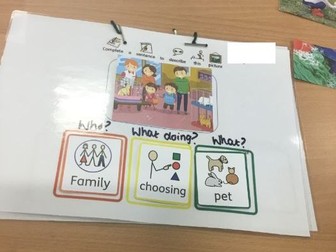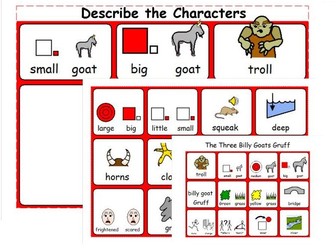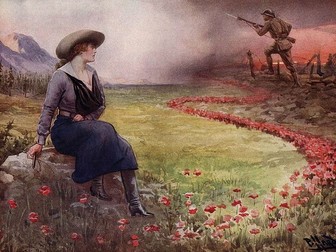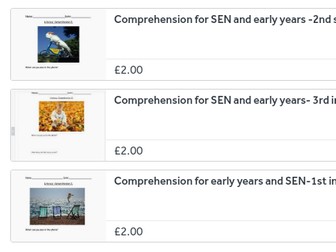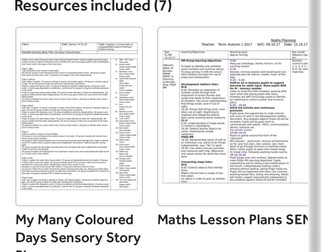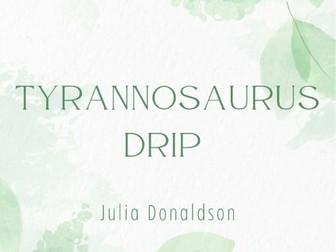
The Tempest SoW for KS3 (suits low ability or SEN)
This is a Power-Point with over 100 slides on Shakespeare's The Tempest. There are resources and activities included within this. It is aimed at low ability KS3 and was made for special needs groups (Autism, Dyslexia and ADHD, predominantly) but easily differentiated. Whilst a text can be read alongside, this unit focuses on very short extracts to help students understand character and theme - whilst making it as accessible as possible to those who struggle. It is recommended students watch the play initially to help develop their visual understanding and then re-watch clips to support what they read. The activities are included and worksheets can be printed as individual slides. This can easily be adapted to challenge students further - and some suggestions are made in the notes section.
